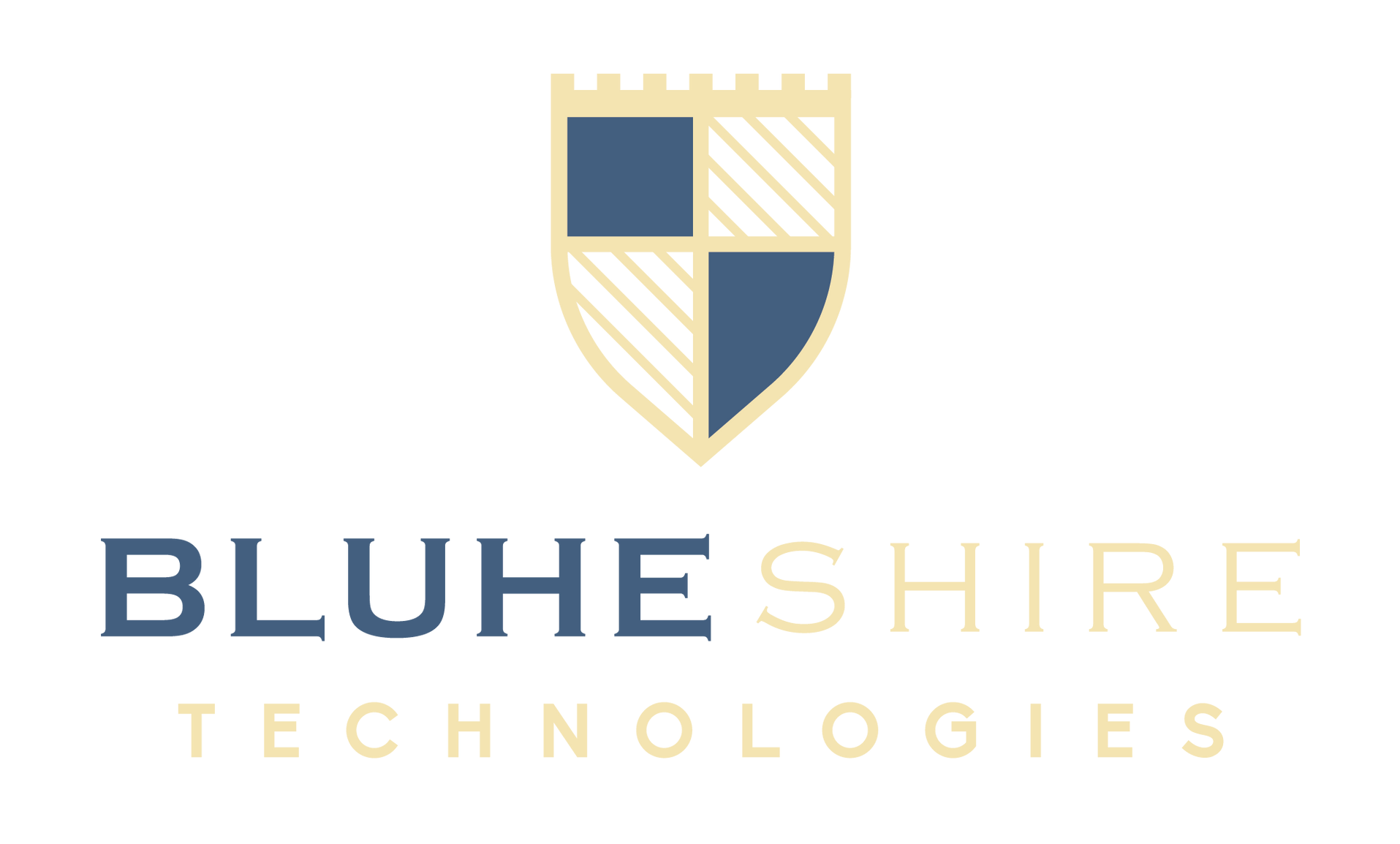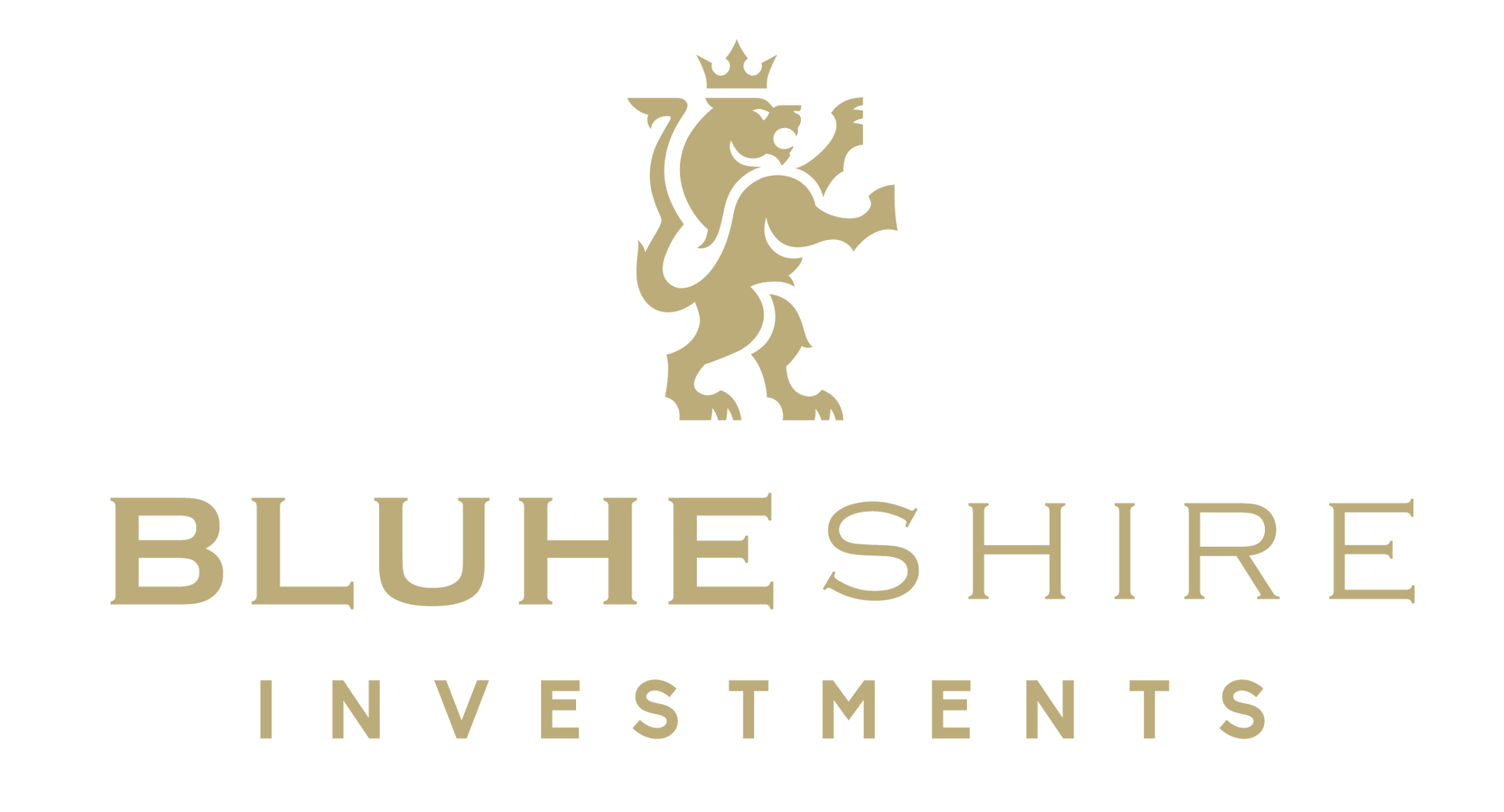Blockchain Technology
The Cornerstone of Asset Tokenization
In the digital age, blockchain technology emerges as a transformative force, reshaping the landscape of asset ownership, management, and transfer through the innovative concept of asset tokenization. By leveraging blockchain's inherent characteristics and capabilities, asset tokenization revolutionizes traditional asset ownership models, fostering transparency, security, and efficiency in the global financial ecosystem.
The Foundations of Blockchain Technology:
Blockchain technology serves as the foundational pillar underpinning asset tokenization, offering a decentralized, distributed ledger that records transactions across a network of computers. Each transaction, encapsulated within a block, undergoes verification and validation by network participants, creating a chain of blocks linked together chronologically, hence the name blockchain. This decentralized architecture, coupled with cryptographic algorithms, ensures the integrity, security, and transparency of data and transactions on the blockchain network.
Asset Tokenization: A New Paradigm of Ownership:
Asset tokenization harnesses blockchain platforms to transform traditional assets, such as real estate, artwork, or commodities, into digital tokens represented on a blockchain network. Each token, corresponding to a fraction or whole of an asset's value, embodies ownership rights, transferability, and intrinsic value within the digital realm. Asset tokenization democratizes access to assets, enables fractional ownership, and facilitates seamless transactions, transcending the limitations of traditional ownership models and enhancing market liquidity and accessibility.
Blockchain's Assurance of Immutability and Traceability:
The immutable nature of blockchain technology ensures that once a transaction is recorded and added to the blockchain, it cannot be altered, tampered with, or reversed. This immutability establishes a permanent and auditable record of asset ownership, transactions, and historical data, fostering trust, accountability, and authenticity in asset tokenization processes. Participants can trace the lineage and provenance of tokens, verify ownership rights, and validate transaction history, enhancing transparency, and mitigating risks of fraud or manipulation.
Security and Decentralization: The Hallmarks of Blockchain:
Blockchain's robust security protocols, cryptographic algorithms, and consensus mechanisms safeguard tokenized assets against unauthorized access, cyber threats, and fraudulent activities. The decentralized nature of blockchain networks eliminates single points of failure, reduces vulnerabilities, and enhances resilience and reliability, ensuring the secure and uninterrupted operation of asset tokenization platforms. Participants retain control over their assets, interact directly within peer-to-peer networks, and benefit from enhanced security, privacy, and control over their digital assets.
Unlocking the Potential of Asset Tokenization:
Blockchain technology unlocks the transformative potential of asset tokenization, offering a secure, transparent, and efficient platform for creating, managing, and transferring tokens representing a diverse range of assets. Asset tokenization transcends traditional barriers, fosters global market integration, and creates new opportunities for investment, diversification, and financial inclusion. As blockchain technology continues to evolve and mature, asset tokenization will catalyze innovation, reshape industries, and redefine the dynamics of asset ownership and investment in the digital era.
Conclusion:
Blockchain technology stands as the cornerstone of asset tokenization, empowering individuals, institutions, and industries to reimagine and redefine traditional asset ownership, management, and transfer mechanisms. By fostering immutability, traceability, security, and decentralization, blockchain technology unlocks unprecedented opportunities and efficiencies in asset tokenization, paving the way for a future where digital tokens seamlessly bridge the gap between traditional assets and the digital economy. Embracing blockchain technology and asset tokenization heralds a transformative journey towards a more inclusive, transparent, and interconnected global financial ecosystem, where innovation, collaboration, and empowerment flourish in the digital frontier.


